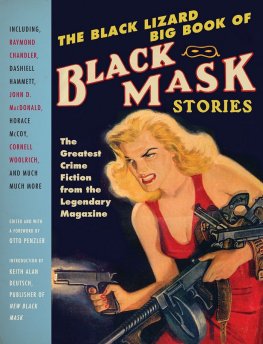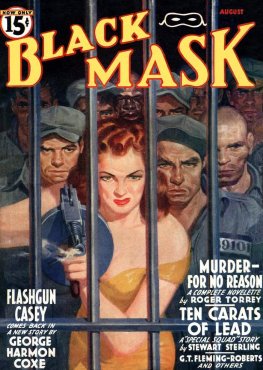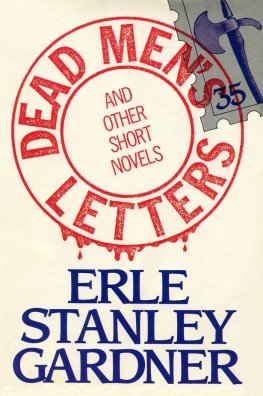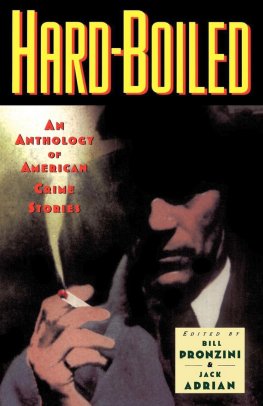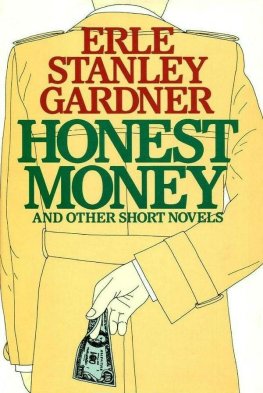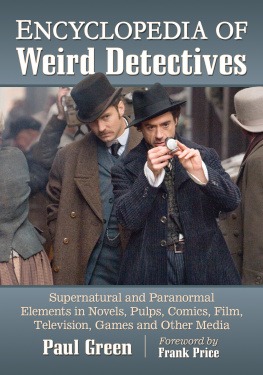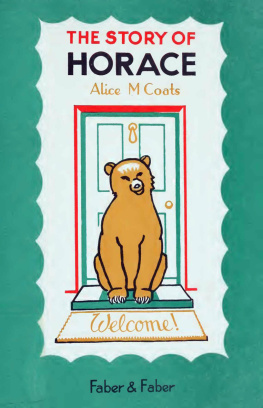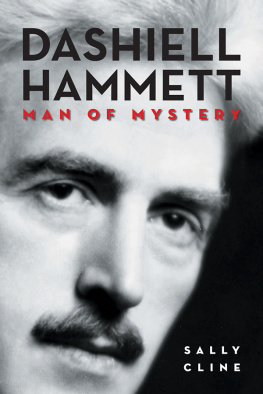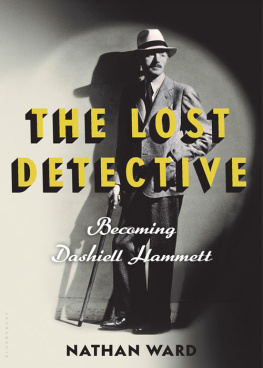The Black Lizard Big Book of Pulps
For Sally Owen
my irreplaceable colleague
with affection and gratitude
and
For Sheila Mitchell and H.R.F Keating
my dear friends and hoteliers par excellence
Like jazz, the hard-boiled private detective is entirely an American invention, and it was given life in the pages of pulp magazines. Pulp now is a nearly generic term, frequently misused to indicate hack work of inferior literary achievement. While that often may be accurate, pulp was not intended to describe literary excellence or lack thereof, but was derived from the word pulpwood, which is the very cheap paper that was used to produce popular magazines. These, in turn, were the offspring of dime novels, mainly magazine-sized mystery, Western, and adventure novels produced for young or unsophisticated readers.
After World War I, the popularity of American pulpwood magazines increased rapidly, reaching their peak of success in the 1920s and 1930s, as more than 500 titles a month hit the newsstands. With their reasonable prices (mostly a dime or fifteen cents a copy), brilliantly colored covers depicting lurid and thrilling scenes, and a writing style that emphasized action and adventure above philosophizing and introspection, millions of copies of this new, uniquely American literature were sold every week.
At first, the magazines sought to publish something for all tastes, so a single issue might feature a Western story, an aviation adventure, a mystery, a science fiction tale, and a sports report. New titles came along and most of the old ones quickly morphed into special interest publications. The very first issues of Black Mask, for example, often had Western scenes on the covers, but by the mid 1920s it had become devoted almost entirely to mystery fiction.
While there were magazines designated to stories of railroads, jungle adventure, spicy stories, romance, horror, and any other subject that enterprising publishers thought would attract a readership, the most successful pulps were those featuring superheroes and detective fiction (with the notable exception of Weird Tales, the long-lived pulp devoted to fantasy and science fiction).
One of the elements that made the detective magazines so popular was the heroic figures in the center of the action. The hard-boiled cop or, especially, private detective was the idealization of the lone individual, representing justice and decency, pitted against virulent gangs, corrupt politicians, or other agencies who violated that sense of goodness with which most readers identified. The best of these crime-fighting tough guys became series characters, taking on one group of thugs after another, always emerging victorious in spite of the almost hopeless odds he (and these protagonists were almost always male) encountered.
Many of the most memorable of these protagonists became staples of Black Mask, Detective Fiction Weekly, Dime Detective, and the other major pulp publications. Dashiell Hammetts Continental Op, Carroll John Dalys Race Williams, Frank Grubers Oliver Quade, Ramon Decoltas (Raoul Whitfield) Jo Gar, Norbert Daviss Max Latin, George Harmon Coxes Flash Casey, W. T. Ballards Bill Lennox, Robert Reevess Cellini Smith, and Frederick L. Nebels Cardigan are just a few of the detectives who appeared month after month to the delight of a reading public whose appetite for this sort of no-nonsense, shoot-first-and-ask-questions-later fiction remained unsated until the end of the second World War.
Crimefighters in the pulps were seldom the sensitive type who understood that a difficult childhood or an unloving grandmother were responsible for the violence of the criminals with whom they came into contact. No, his role was to battle bad guys, and he did it without fear, without pity, and without remorse. It was a black-and-white world in the pulps, a simple conflict between the forces of goodness and virtue and those who sought to plunder, harm, and kill the innocent. In the pages of the pulps, and between the covers of this book, Good is triumphant over Evil. Perhaps that is the key to the enormous popularity they enjoyed for so many years. Depression-era crowds eagerly snatched up each new episode of their favorite crime-fighting protagonist, rooting for and identifying with the stalwart men of action and intellect.
In addition to the hero, there was another essential element in each adventure a monstrous opponent. For a hero to be worthy of the name, it was utterly required that he do battle with a villain so despicable, so vile, so conscienceless that only a man of supreme strength of body and mind, and an incorruptible soul, could hope to emerge victorious. Here, in The Crimes of Richmond City, you will see the almost overwhelming odds faced by MacBride and Kennedy as they attempt to right the wrongs they are forced to encounter. Other detectives, in other tales, had no lesser difficulties to overcome.
The pulps were also home to a different kind of crook, and readers were able to identify with them, too. These larcenous entities were admittedly thieves, but not your common, or garden variety, robber.
Virtually all the thieves who became successful series characters in the pulps (and, indeed, in all of crime fiction) were Robin Hood-type crooks. They did not commit violent acts, and they stole from the rich. Not just any rich person, mind you, but always someone who had come by his fortune illicitly. This was an exceptionally agreeable manner of behaving during the Depression era, when literally millions of Americans were jobless, standing in slow-moving bread lines to procure minimal sustenance for themselves and their families. The impoverished multitudes blamed the actions of Wall Street brokers, bankers, big businessmen, and factory owners for their plight, so what could be more attractive than to see someone break into their posh apartments and crack their safes, or nick the diamond necklaces from the fat necks of their bloated wives? Furthermore, these crooks generally donated their swag to charity or to a worthy individual (after deducting a sufficient amount to ensure their own rather lavish lifestyle, of course).
Perhaps not strangely, but nevertheless in apparent contradiction to their chosen careers, a large percentage of these redistributionist thieves, after several successful adventures, become detectives. Often they are suspected of a murder or another crime which they did not commit, and so must discover the true culprit in order to exonerate themselves. In other instances, they have friends in the police department who need their help. A long tradition of criminals behaving in this manner predates the pulp era. The American master criminal, Frederick Irving Andersons creation, the Infallible Godahl (not included in this collection because he did not appear in the pulps), was so brilliant that he planned and executed capers so meticulously that he was never arrested. Eventually, the police paid him a large stipend to not commit crimes, since they knew they could never catch him and wanted to avoid the embarrassment of seeing headlines with yet another successful burglary. It is left to your own ethical proclivities to determine whether you identify with the safe-crackers, con men, burglars, and villains or with the police who are paid to catch them.
Women were not significant in the early years of the pulp magazines. Hulbert Footners Rosika Storey was a successful character in the pages of Argosy, eventually appearing as the prime figure in six books beginning in the late 1920s, but she had little company. Black Mask seldom used stories in which women were featured, rarely bought stories by women writers, and never had a female series character. The major authors didnt mind writing about women; they merely wrote about them, sometimes with great prominence, as the catalyst for all the ensuing action. Also, in more cases than not, they were the victims, either innocents or bad girls who got what was coming to them (according to the murderer).


